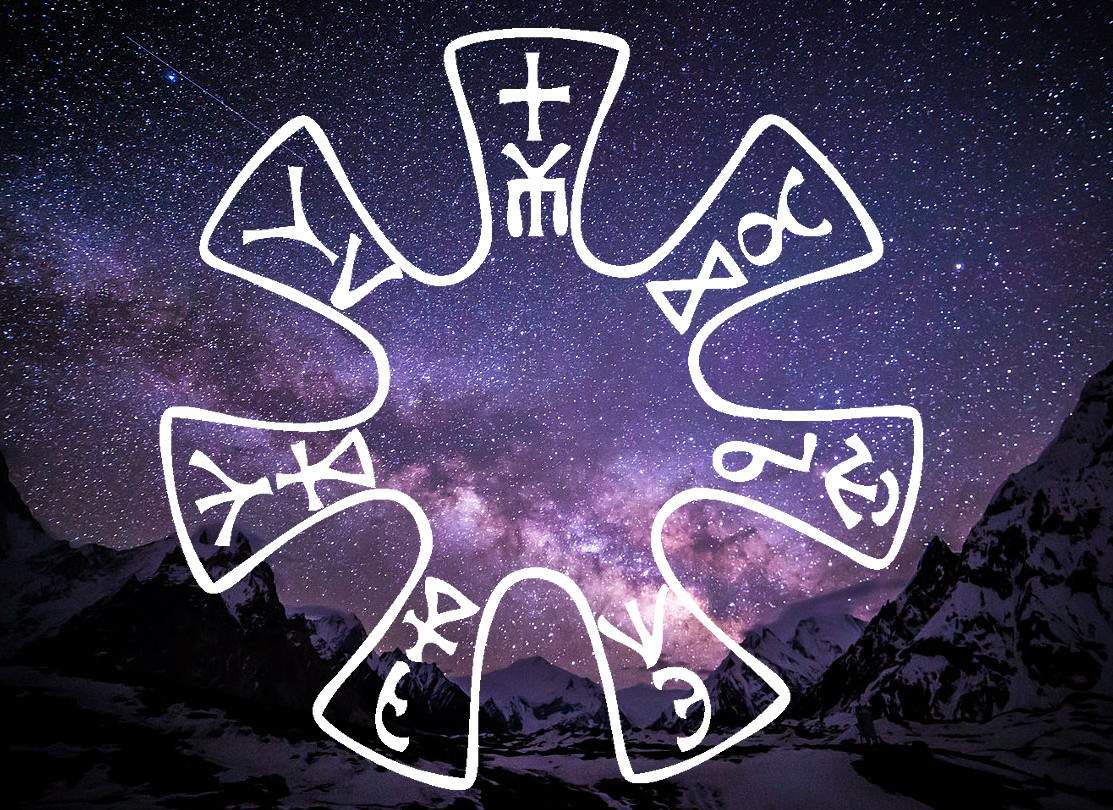The proto-Bulgarian Calendar is the oldest one in the world, recognized by UNESCO
The proto-Bulgarian Calendar is the oldest one in the world, recognized by UNESCO. According to it, we are in year 7525. Due to the experts, this is solid intellectual & scientific work of people, who have lived thousands of years before Christ. The Bulgarian Calendar is more accurate than the Gregorian calendar and has just a few seconds deflection from the astronomical calendar.
The Calendar of the Proto-Bulgarians is the most accurate on the planet. That is officially recognized by UNESCO. The latest researches show that the Calendar begins in 5505 year B.C. With its 12-year cycle the Bulgarian Calendar is the prime source of the Chinese.
In 1976 UNESCO announced the Calendar of the Proto-Bulgarians to be the most prеcise one in the world. The organization experts have been stunned by the genius mathematical solution for the 365 number. Even more – the ancient Bulgarian system of chronology has offered the same simple rule for the leap day per every four years.
The Calendar of the Proto-Bulgarians is solar.
The year has started on the shortest day (on the 21st of December, the winter equinox). This day was not included in any month or in any week. It was a zero-day, self-calendar unit, Eni-Alem. Now it’s called Enina Day or Egnazden. The remaining 364 days of the ordinary year were divided into four equal quarters (seasons) with 91 days or 13 weeks each. That allowed the year and also each season to begin always on Sunday – the first day of the Proto-Bulgarian week.
The first month of each season has 31 days, the two remaining – 30. Every fourth year is leap – 366 days. Its difference is in the second zero-day – Eni Dzitem – placed right after the end of the sixth month. As in the Chinese calendar, the years are grouped in twelve-year and sixty-year cycles. Each year in the 12-year cycle is associated with the period of circulation of Jupiter around the Sun (11.86 years) and is named after an animal. According to the experts unlike the Chinese calendar here the first year in the cycle is not of the Mouse, but of the Pig:
1. Pig (dox, dock, pig)
2. Mouse (somor, shashi)
3. Ox (shegor, cuvrat, buza, bussmann)
4. Tiger (bars, paras, barys)
5. Rabbit (dvansh)
6. Dragon (ver, dragoon, kalla, slav)
7. Snake (dilom, delyan, attila)
8. Horse (teck, tagg, tich, alasha)
9. Monkey (pesin, pisin)
10. Ram (surah, sever, rasete)
11. Rooster (toh, tah)
12. Dog (Etkh)
The sixty-year cycle scientists called “Star Day”.
They suggest that in the end of each second “Star Day”, i.e. every 120 years, has been dropped off one leap day. (A similar correction uses also in the Gregorian calendar – a leap day drops off in each 133 years.) According to these calculations, the duration of the Proto-Bulgarian year has been 365,241667 average solar days. The duration of the tropical (solar) year – (the period between the spring equinoxes) is 365,2422. A 24-hours difference has been collect for about 1800 years, or 30 sixty-year cycles.




This is great! This helped out for my Bulgarian school!